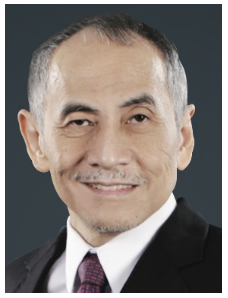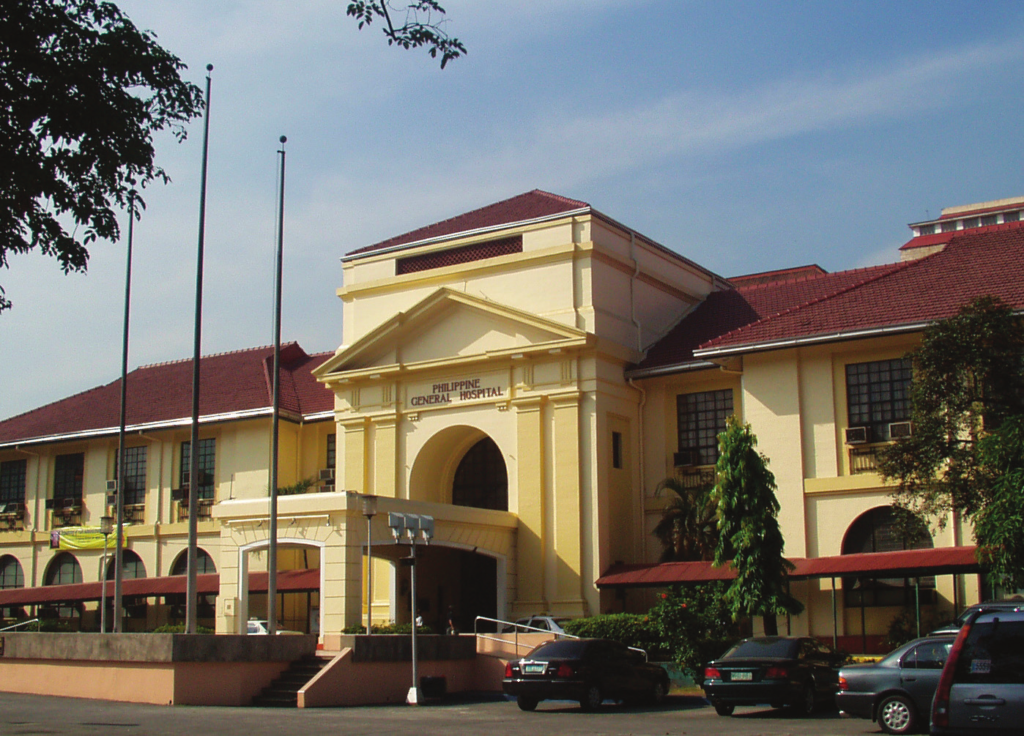By Romeo Bernardo
Our best qualities as a people emerge during times of national catastrophes — typhoons, flooding, volcanic eruptions, earthquakes, tsunamis. This spirit is expressed in a word that does not directly translate to English: “Bayanihan”.
Defined as the enduring value of the Filipino “to help fellow countrymen in times of need without expecting anything in return”, bayanihan comes from the word “bayani” (hero). Bayanihan is an invitation for heroes from all walks of life to work together.
Mother of all catastrophes
The once-in-a-generation COVID-19 pandemic is perhaps the mother of all catastrophes, in terms of duration, global reach, and the suddenness and severity of its impact on peoples’ lives and the economy — truly an existential threat to individuals and institutions. It is fortunate that our national response, both public and private, has been proportionate to the disas- ter, showcasing the best of public-private partnerships (PPP).
In April 2020, responding to a call from the government for a partnership to man- age COVID, the private sector created Task Force T3 (Test, Trace, Treat).
Starting initially with a small group com- posed of Ayala, AC Health, McKinsey, MPIC Hospitals, Philippine Disaster Resilience Foundation (PDRF), Unilab, and Zuellig Pharma working with the IATF, Department of Health, the Asian Development Bank, P.A. Joey Concepcion’s Go Negosyo, and the Foundation for Economic Freedom, under the baton of Bill Luz and Fred Ayala, T3 quickly expanded to cover the entire busi- ness community in a consortium working with government across many different fronts of the COVID response.
At the outset, the work focused on expanding the RT-PCR testing capacity nationwide from 4,500 tests per day in the third week of April 2020 to 30,000 by the end of May (and eventually to over 100,000 tests daily).

BERNARDO
A second job of increasing PPE inventory was also given to the task force. Eventually, T3 worked on over a dozen projects all the way to the national vaccination rollout with Secretaries Charlie Galvez and Vince Dizon.
Bayanihan to solve persistent problems
COVID-19 showed, in a tremendously tangible way, the power of Bayanihan in successfully meeting a massive challenge. I share the belief that this same spirit of partnership can likewise propel us to solve our most burning, persistent problems, and truly create a Progressive Philippines.
Key themes and lessons of T3 Partnerships work
Both sides of the partnership complemented each other’s strengths and covered for each other’s limitations.
For instance, the agility of the private sector made immediate response measures possible as the government realigned its budgets and mobilized its machinery.
Meanwhile the public sector’s size, reach, and resources made massive impact at scale possible, supplementing what the private sector had started. Building on these, key themes begin to surface on what truly made T3, as a cooperation model, successful:
Speed is of the essence
As noted, the private sector’s agility was crucial during the early stages of the crisis, while the more bureaucratic and massive ship of the State undertook the required legislation and organizational effort.
As noted, the private sector’s agility was crucial during the early stages of the crisis, while the more bureaucratic and massive ship of the State undertook the required legislation and organizational effort.
We saw this quite clearly across all the partnership initiatives, from the earliest relief undertaking (Project Ugnayan) and in expanding testing capacity, building quarantine facilities, building up PPE supply, data management, communications, and vaccine deployment, among others.
Private sector investments in technology, supply chains, and human capital made the difference
The resource base, capabilities, and access of the private sector taken together across industries, and most especially glob- ally, appears to be at an advantage versus most governments. This was most evident in vaccine logistics and administration, data management and analytics, communications, and the development and application of internationally recognized best practice protocols and the latest scientific findings on the virus.
Taskforces over traditional reporting lines
A multifaceted catastrophe such as COVID-19, cannot just rely on official “boxes and lines” on who is responsible for what. In this case, this is not just a “public health crisis” that would normally fall under the Department of Health, which has historically been limited in its resources, but also a “socioeconomic crisis”, as severely affected livelihoods, ultimately translates to lives impacted.
We have heard many stories of Filipinos who were risking infection by continuing to make ends meet outside of quarantine: say in many ways, “Hindi nga ako mamamatay sa sakit, mamamatay naman ako sa gutom” (Yes, I won’t die of disease, but then I’ll die of hunger).

The IATF
Initially, the Inter-Agency Task Force for the Management of Emerging Infectious Diseases (IATF) used what was once considered as the strictest quarantines to control contagion, driven by understandably cautious health professionals.
However, through well-organized, targeted consultations involving the government economic managers; and the severely impacted, but committed private sector groups across industries (healthcare, retail, transportation, construction, education, etc.); while drawing on the experience and expertise of other countries secured from global knowledge banks (Asian Development Bank, McKinsey, and Boston Consulting Group), the strategies and policies were refined that allowed us to eventually “dance with the virus” and minimize the adverse impact on our people.
Proposed measures now had to go through this multistakeholder group during their regular cadences before implementation.
Thus, after a severe 9.6% contraction of the GDP in 2020, we have bounced back and are enroute to full recovery.
Public sector scale augments private sector speed
While the private sector can contribute early and quickly, especially technological resources not available to government, the reality is that for adversities of this magnitude, only the public sector has the massive financial resources, and legislative and executive powers needed to address them systematically.
This is especially relevant as the private sector itself was severely impacted commercially and needed fiscal support from government.
This was highly evident in the government’s large-scale, and wisely diverse vaccine procurement — which built upon the initial vaccine procurement effort of the private sector for their stakeholders — the “ayuda programs”, and the actual vaccination at the local government level, after private experts helped develop data-based strategies.
All told, counting public spending, lend- ing, fiscal stimulus, and the government’s COVID-19 response amounted to P3 tril- lion or 15.6% of GDP from March 2020 to April 2022, according to the Department of Finance.
Inclusive capitalism emerges as an idea whose time has come
As these partnership efforts materialized alongside government, a heightened sense of social responsibility and a greater appreciation of stakeholder impact appeared to manifest within private institutions.
These have certainly long been present within the Philippine private sector and has been building up for many years through coalitions and alliances, such as the Philippine Business Groups (FINEX, MAP, MBC, PCCI, PBEd, PBSP, etc.), and the Philippine Disaster Resilience Foundation, among others.
Amidst COVID-19, further strengthening its alignment to a stakeholder-centric model of doing business became a compelling proposition to the private sector.
Covenant for Shared Prosperity
As a tangible expression of this, on November 2020, more than 20 business associations launched the Covenant for Shared Prosperity. Inspired by a similar movement of the Business Roundtable in the United States.
PPPs as a platform for national development priorities
The pandemic was certainly an existential crisis. It’s almost impossible to consider anything else that may be as severe, immediate, and all-encompassing in its impact to the nation and its people.
Yet there are disaster-proportion ad- versities already upon us that are perhaps not so apparent, since they do not come in a big blow, but creep on us slowly — the proverbial thief in the night, or the lobster in the boiling pot.
Like subpar education and healthcare quality, outdated infrastructure, poor child nutrition, lethargic FDI, poor ease of doing business metrics, and many others, as fun- damental and persistent challenges that the country continues to suffer from.
There may be opportunities for harness- ing more PPP to address these, based on more long term commercial contracting commitments, rather than pure altruism for one shot short term undertakings during an existential crisis .
Fortunately, we have in place one of the more advanced PPP legal, regulatory, and governance frameworks that have yielded globally cited examples of successful partnerships benefiting the public.
Scroll down to read more. For complete issue, click here
